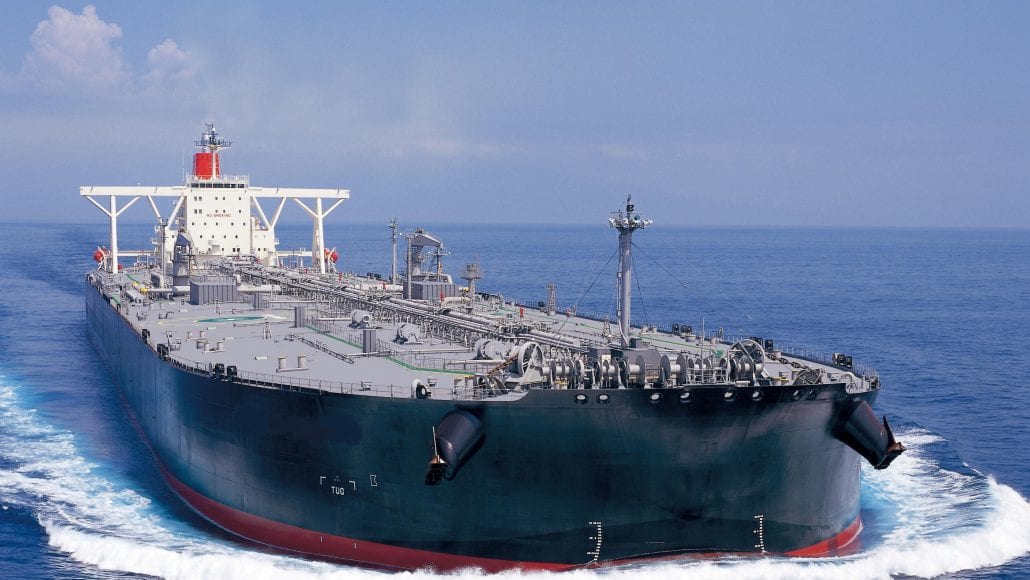(S&P Global Platts) The extreme cold temperatures that hit Texas the week started Feb. 14 caused port closures that locked up tonnage and provided a silver lining for shipowners, already struggling with rates beneath the w100 psychological mark since May 2020 due to low demand for shipping crude following production cuts.
Freight for the benchmark 70,000 mt USGC-UKC route shot up over 38% on the week, to be assessed at $21.25/mt, or w125 on Feb. 25, up from w90 on Feb. 17.
Local freight likewise saw exacerbated rates, with freight for the 70,000 mt East Coast Mexico-USGC route almost doubling within a two-week period, to be assessed at w155, or $7.24/mt on Feb. 25, up w60 since Feb. 17, and up w75 or almost double the value since Feb. 11. The trans-Atlantic and local Aframax markets have not seen such high rates since May 2020.
The unfavorable weather seen across Texas caused up to a total of 300 hours of two-way port closures across main USGC ports and maritime waterways, preventing laden Aframaxes from discharging and returning to the available ship pool, and keeping chartered Aframaxes from loading and completing scheduled voyages.
The Houston/Galveston port reported on Feb. 18 over 80 ships anchored offshore and waiting to berth, and a source said on Feb. 24 that close to 50 laden Aframaxes were sitting off USGC ports waiting for their turn to discharge.
Charterer inquiry over key Americas-loading Aframax voyages persisted in spite of the hostile conditions and unfavorable arbitrage economics.
Shipping WTI MEH crude from the USGC into Northwest Europe was at a disincentive of $1.39/b compared to European Forties crude on Feb. 24, according to S&P Global Platts Analytics Crude arbFlow arbitrage calculator and averaged a disincentive of $0.37/b the week ended Feb. 19.
Nevertheless, between Feb. 15-24, at least 10 Aframaxes were reported on subjects for USGC-Transatlantic voyages.
Suezmaxes stealing Aframax business
In recent days, charterers have shifted Aframax inquiries for USGC-Transatlantic runs to the Suezmax segment to avoid paying steep freight rates for the smaller tankers.
ExxonMobil, Phillips 66, and Mercuria are among charterers that have taken Suezmaxes for the voyage in place of their smaller counterpart, booking the Front Idun, Front Silkeborg, and Karvounis, respectively, all for late February or early March loadings.
The cost of a Suezmax lifting 145,000 mt crude cargoes on USGC-UK Continent runs was last assessed Feb. 25 at w60, or $9.94/mt. Taking a Suezmax on a trans-Atlantic voyage out of the USGC is typically cheaper on a $/mt basis, due to economies of scale, however the cost difference has significantly widened since Aframax rates have spiked.
Currently there is an incentive of $11.31/mt to take a Suezmax over an Aframax on the USGC-Transatlantic run, up $7.25/mt from the spread between the two tanker classes on Feb. 12, when Suezmax freight priced $4.06/mt less than the cost of moving an Aframax on the route, Platts data showed.
Despite rising bunker prices and a steady stream of cargo inquiry over the past few weeks, the Suezmax segment is just now seeing an upside to freight as the entrance of Aframax cargoes into the market has helped drain a lengthy global position list.




